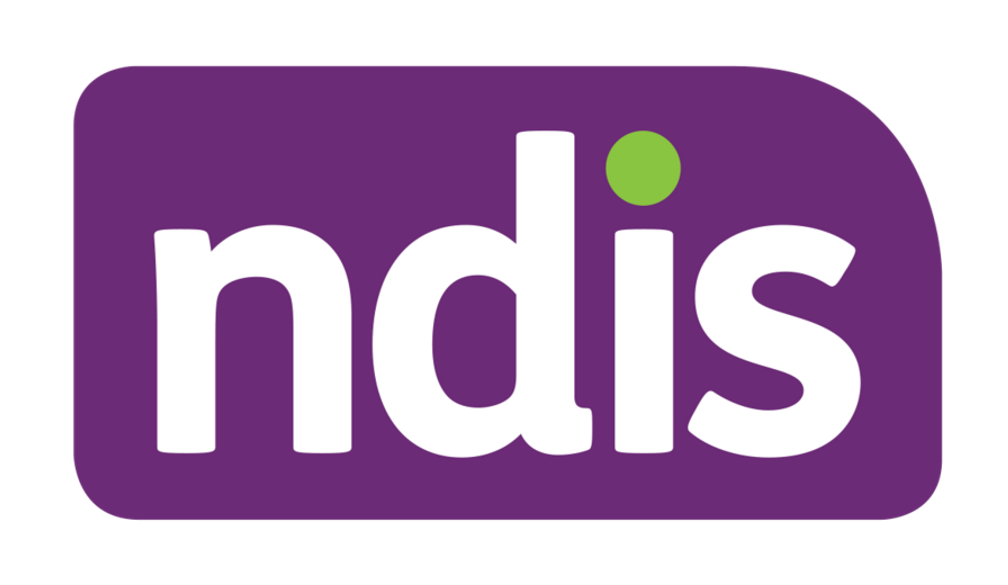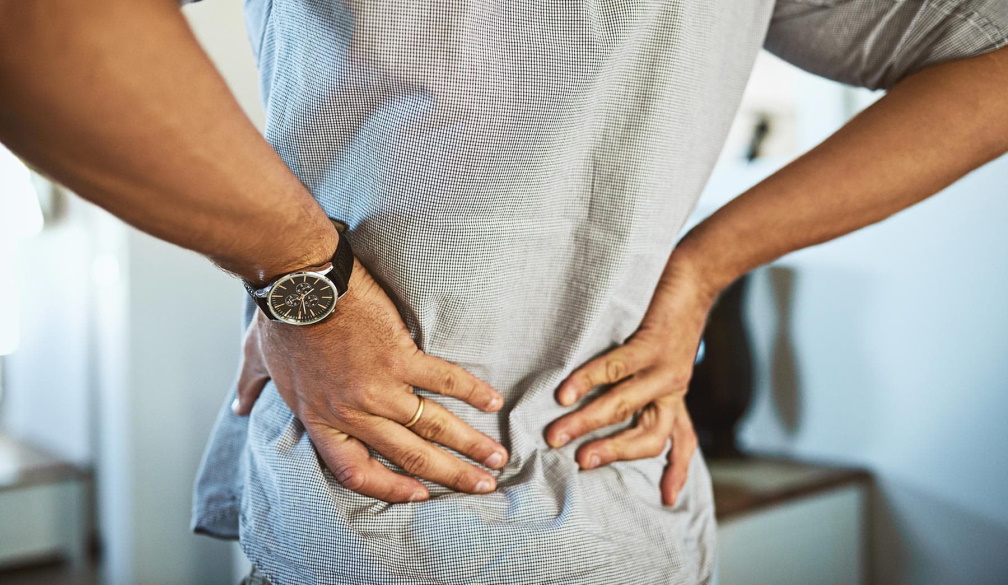Parental vs. carer's leave: Navigating the differences and benefits in Australia

In the realm of employee entitlements, parental leave and carer's leave are two distinct provisions that address the needs of employees during different life stages and circumstances. Understanding the differences between these two types of leave is essential for employees and employers alike, as it enables individuals to access the support they need while ensuring compliance with relevant regulations. This article explores the distinctions between parental leave and carer's leave in Australia, shedding light on when each is applicable, and discusses the parameters, benefits, and key considerations associated with these entitlements.
Parental leave: Celebrating new life
Parental leave in Australia is designed to support employees who are welcoming a new child into their family. This type of leave acknowledges the significance of this life event and provides individuals with the necessary time to bond with their child and adapt to the responsibilities of parenthood.
Parental leave is primarily for the care of a newborn or newly adopted child. It allows parents to spend time with their children and manage the initial challenges of parenthood.
In Australia, both mothers and fathers, including same-sex couples and adoptive parents, are eligible for parental leave. To qualify, employees generally need to have worked for their employer for at least 12 months and can then take up to 12 months of unpaid parental leave. In some cases, an additional 12 months of leave may be available.
However, employees are required to provide their employer with notice of their intention to take parental leave and the expected start and end dates in advance. During the period of time off work, parents may receive financial support through government schemes like the Paid Parental Leave scheme.
Carer's leave: Supporting family and loved ones
Carer's leave, on the other hand, is aimed at assisting employees who need to provide care or support to an immediate family or household member who is ill or has a significant health condition. This form of leave recognises the importance of caregiving and offers individuals the flexibility to fulfil their caregiving responsibilities.
All permanent employees in Australia are entitled to carer's leave including full-time, part-time, and casual employees. There is no minimum service requirement as there is with parental leave although the duration is much shorter. It provides employees with a maximum of 10 days paid leave per year, which can be pro-rated for part-time or casual employees.
While employees are required to notify their employer as soon as practicable when they take carer's leave, they do not need to provide notice before taking the leave.
The concept of carer's leave is designed to support employees who need to provide care or support to an ill or injured family member or household member. This may include parents, children, spouses, and de facto partners. In some cases, employers may request a medical certificate to verify the need for a carer's leave.
Navigating the differences
To navigate the differences between parental leave and carer's leave effectively, it's essential to consider the nature of the caregiving responsibilities and the specific needs of the employee:
For new parents, parental leave is most applicable when individuals are welcoming a new child into their family, whether through birth, adoption, or surrogacy. It provides parents with the opportunity to enjoy much more bonding time with their children than they would have if working full time and also enables parents to be the primary caregiver during the early stages of life. The paid parental leave scheme, run by the Australian government will provide eligible applicants with some support payment when on this leave.
When returning to work after a period of this leave, employees may be able to negotiate flexible work arrangements with their employer.
Carer's leave is relevant when an employee needs to care for a family member or household member who is ill or has a significant health condition. It recognises that taking on caregiving responsibilities due to the illness or injury of a loved one can be both physically and emotionally exhausting and offers support to employees doing so.
There is also a quick access element to the carer’s leave. Employees can access it without a lengthy notice period, making it suitable for unexpected caregiving needs. However, they may need to provide a carer’s medical certificate if requested.
How can I get one of these certificates?
In some cases, employees may require documents that prove their need for leave and support their request, especially when the caregiving responsibility involves a significant health condition.
Obtaining a medical certificate online can be a convenient way to provide the necessary documentation to the employer, confirming the need for the leave and ensuring compliance with workplace policies.
Parental leave and carer's leave are vital provisions in Australia that cater to distinct life events and responsibilities. Employees can make well-informed choices when balancing their work and caregiving commitments by understanding the differences between these types of leave and the eligibility criteria. Both forms of leave contribute to a more compassionate and supportive workplace, where individuals can fulfil their familial and parental responsibilities without compromising their employment rights.









